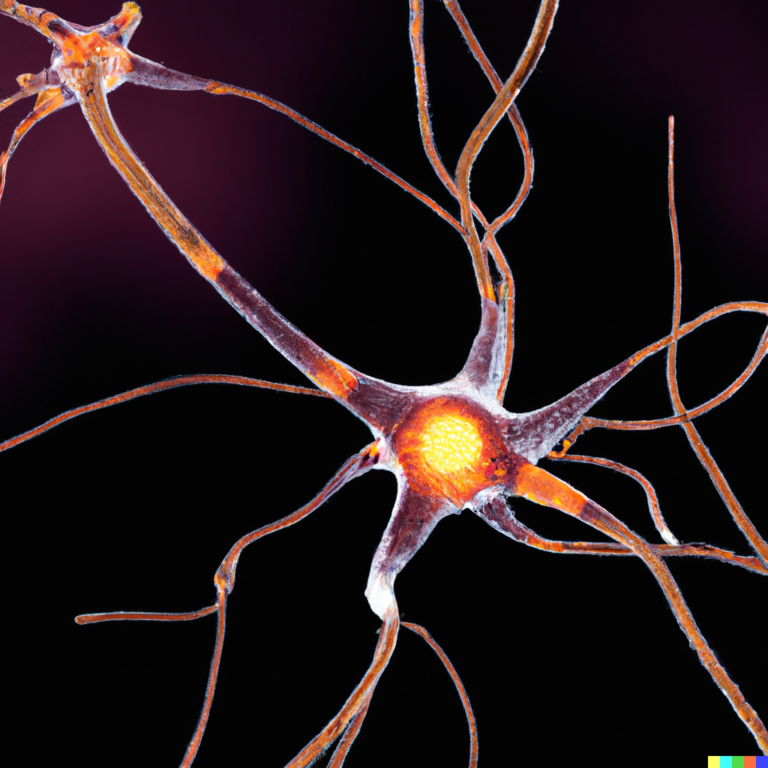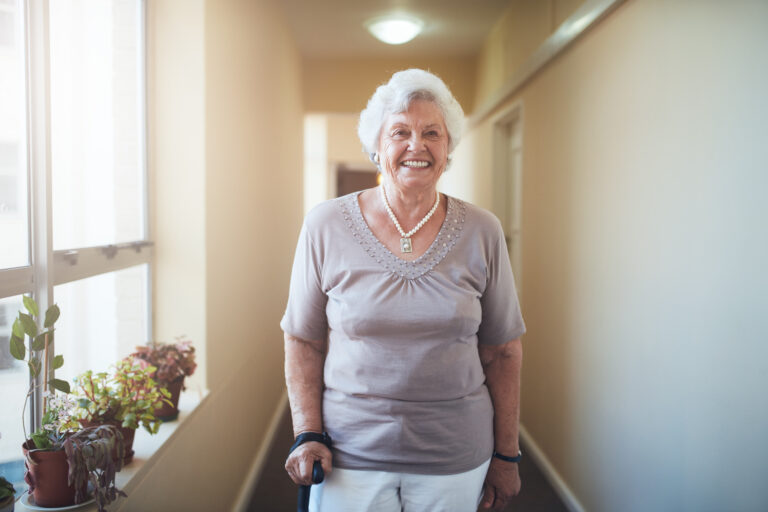### Creative Solutions for Alzheimer’s Disease: Enhancing Quality of Life
Alzheimer’s disease is a complex condition that affects millions of people worldwide. It not only impacts the individual but also places a significant burden on families and society. While there is no cure for Alzheimer’s, various creative solutions can help address its multifaceted challenges and improve the quality of life for those affected.
#### 1. **Technology and Assistive Devices**
Technology has become a powerful tool in managing Alzheimer’s disease. Assistive devices such as smart robots, virtual assistants, and digital games can provide significant support. For instance, smart robots can perform tasks like bringing an umbrella when it’s raining, while virtual assistants can help with daily routines. Digital games and puzzles can be used for entertainment and mental stimulation, which are crucial for maintaining cognitive function.
Additionally, sensory devices like sensory cushions can stimulate the senses and provide relaxation. Digital photo frames can display important photographs and pieces of music, serving as conversation starters and providing emotional comfort.
#### 2. **Music Therapy**
Music therapy is another non-pharmacological intervention that has shown promising results. Nostalgic music therapy, which involves traditional festivals and specific music, can stimulate the brain and awaken pleasant memories. This type of therapy not only alleviates symptoms of anxiety and depression but also enhances cognitive function and sleep quality. Music listening and recall can activate the brain’s limbic and adjacent regions, promoting the release of biochemical mediators like endorphins and dopamine, which induce relaxation.
#### 3. **Home Modifications**
Modifying the home environment can significantly improve the safety and comfort of individuals with Alzheimer’s. Using contrasting colors for items like toilet seats, light switches, handrails, and door handles makes them easier to locate and use. This simple yet effective measure can reduce the risk of accidents and improve daily functioning.
Outdoor spaces, such as gardens, can also be adapted to enhance well-being. Paths should be free of obstacles and uneven surfaces, and ramps and handrails can be installed to facilitate movement. Raised flower or vegetable beds can be added for those who have difficulty reaching down. Sturdy garden chairs and colorful plants can create a relaxing seating area, while wind chimes and small water features can have a calming effect.
#### 4. **Non-Pharmacological Interventions**
Non-pharmacological interventions, including exercise, social activities, and cognitive challenges, are recommended as preventive measures with fewer side effects. These interventions can enhance physical and mental health outcomes. For example, systematic and comprehensive non-pharmacological treatments can improve brain structure and functional plasticity, alleviate clinical symptoms, delay disease progression, and enhance social participation.
#### 5. **Family and Caregiver Support**
The financial and emotional burden of Alzheimer’s disease is substantial, with families and caregivers often providing extensive unpaid assistance. Supporting these caregivers is crucial. This can include providing resources for home health support, medications, and other necessary items. Encouraging family members to engage in activities that promote bonding and emotional support, such as reminiscence therapy, can also be beneficial.
In conclusion, addressing the multifaceted challenges of Alzheimer’s disease requires a comprehensive approach that incorporates technology, music therapy, home modifications, non-pharmacological interventions, and support for families and caregivers. By implementing these creative solutions, we can improve the quality of life for individuals with Alzheimer’s and reduce the burden on those around them.





